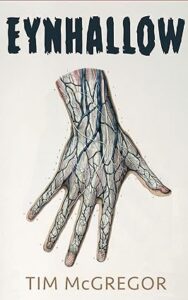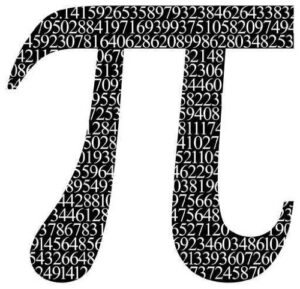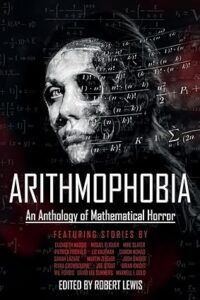Eynhallow by Tim McGregor
Raw Dog Screaming Press, 2024
Available: Hardcover, Paperback, Kindle edition
Buy: Bookshop.org | Amazon.com
Tim McGregor’s writing evokes the ghosts of 19th century English writers who captured the mystery of human beings and the wild forces of nature that remain untamed around us and in us. His latest book, Eynhallow, is an irresistible mix of science fiction and horror, with a twist of Gothic terror and a dash of old legends.
This story about an unusual, hardy woman opens in 1797 in the nearly deserted Orkney Islands, where four families are struggling to survive. Agnes, a devoted mother, has always acted out of necessity, the only reason she married and stays with her abusive husband. She now cooks and delivers meals to their new, wealthy neighbor, for a price. Her days revolve around family life, and occasionally helping to bring a neighbor’s child into the world. It is a monotonous existence, but Agnes has a curious and active mind that is constantly evaluating and analyzing everything and everyone around her. She also has many questions she feels she must answer about herself, what she wants, and whether she can have what she most desires.
As she pursues these answers, Tim McGregor’s atmospheric descriptions of the weather, vegetation, houses, characters, and even the church and food take on a life of their own, putting the reader into a state of growing uneasiness about Agnes’s safety and security. Slowly but surely, we discover that she has a role to play in another story, a famous one about a monster created from dead human body parts, who is now alive. McGregor brings the two stories together in surprising ways, reminding us of what we already know about Victor Frankenstein and his Creature, and filling in new details about the challenges of dealing with the monster’s demands and the unforeseen consequences of what Frankenstein dreamed would be the greatest scientific achievement of all time.
In the end, Eynhallow, meaning holy island, is far from it. It is a place of violence, pain, torture, and death. Just as Mary Shelley made her audience consider the boundaries between God and man, the spiritual and the scientific, and life and death, so too does Tim McGregor, but with an important difference. McGregor’s audience has had a much greater chance to explore these boundaries and observe their crossing. It is in that context, one of greater understanding, that we can truly see an earlier horror story becoming a contemporary one… and a permanent nightmare.
Reviewed by Nova Hadley








Follow Us!